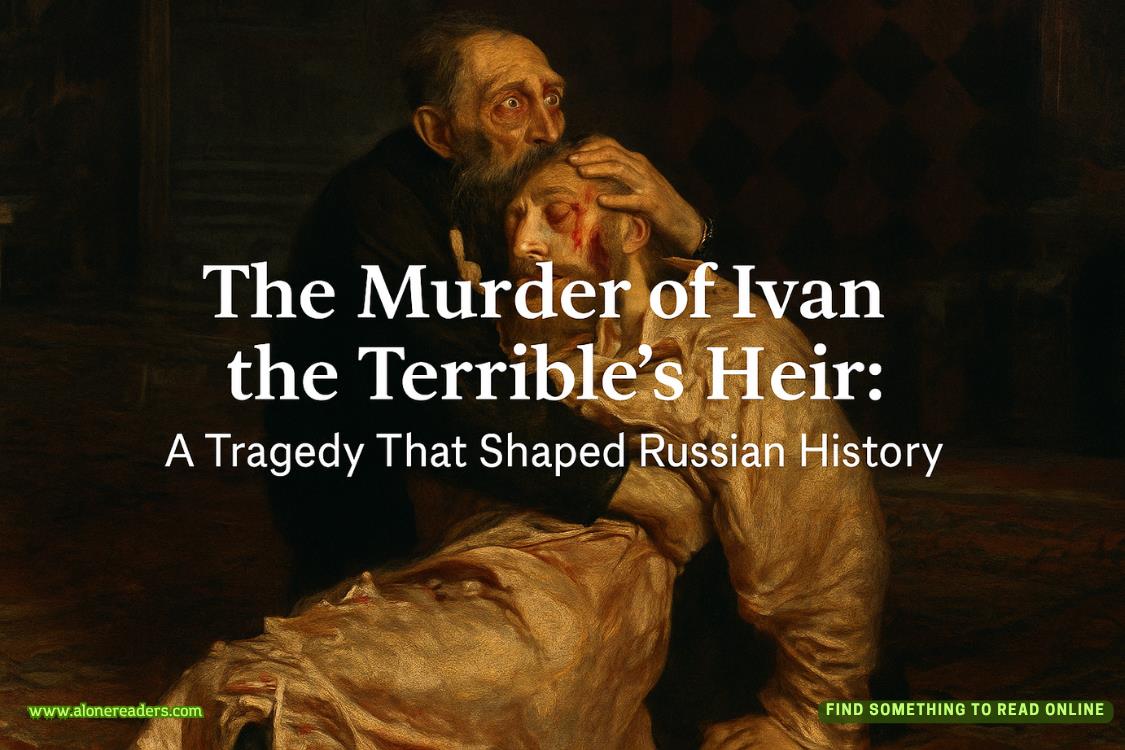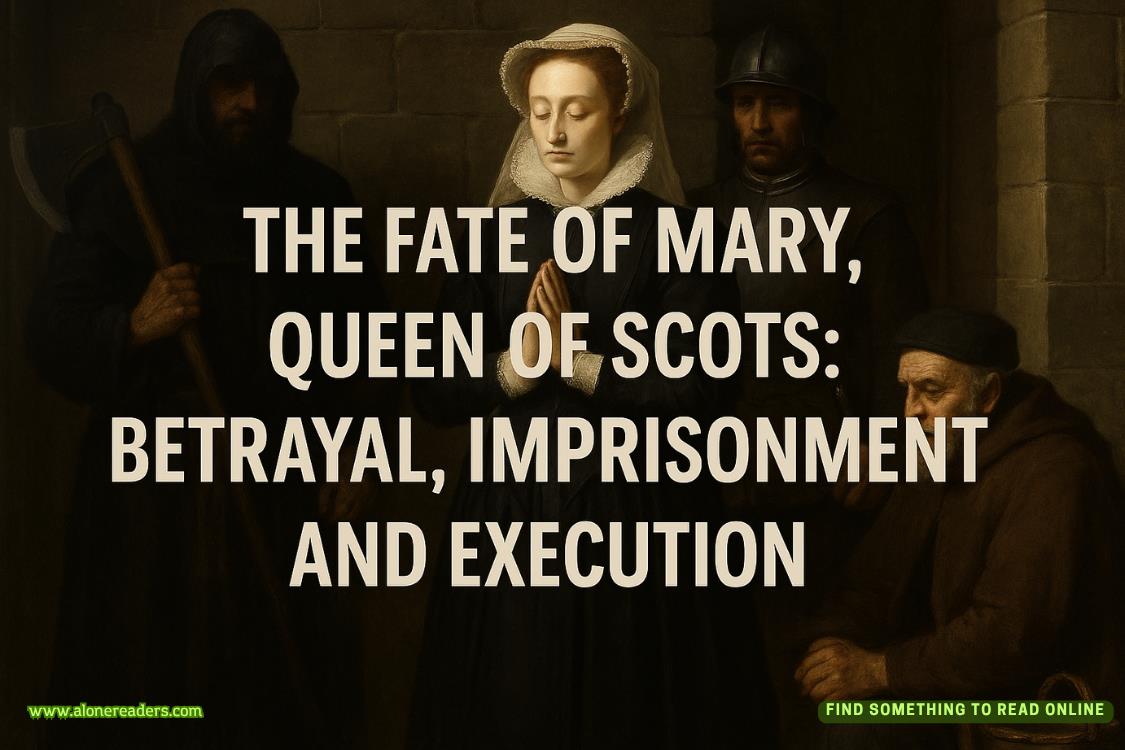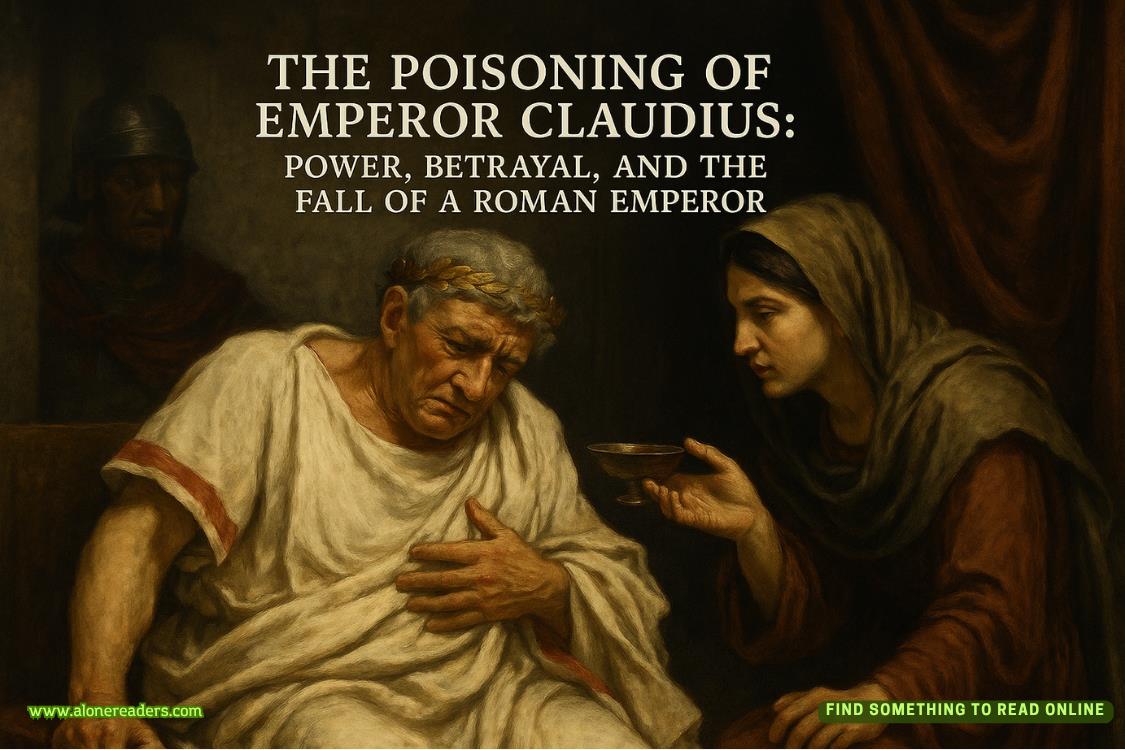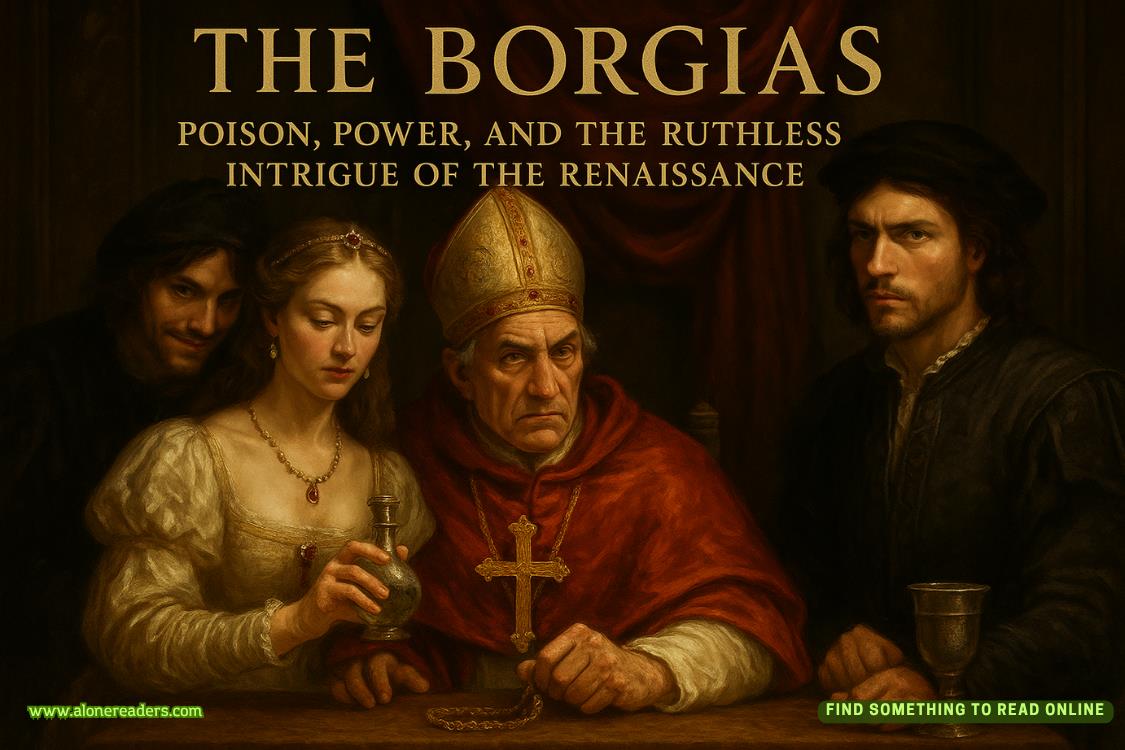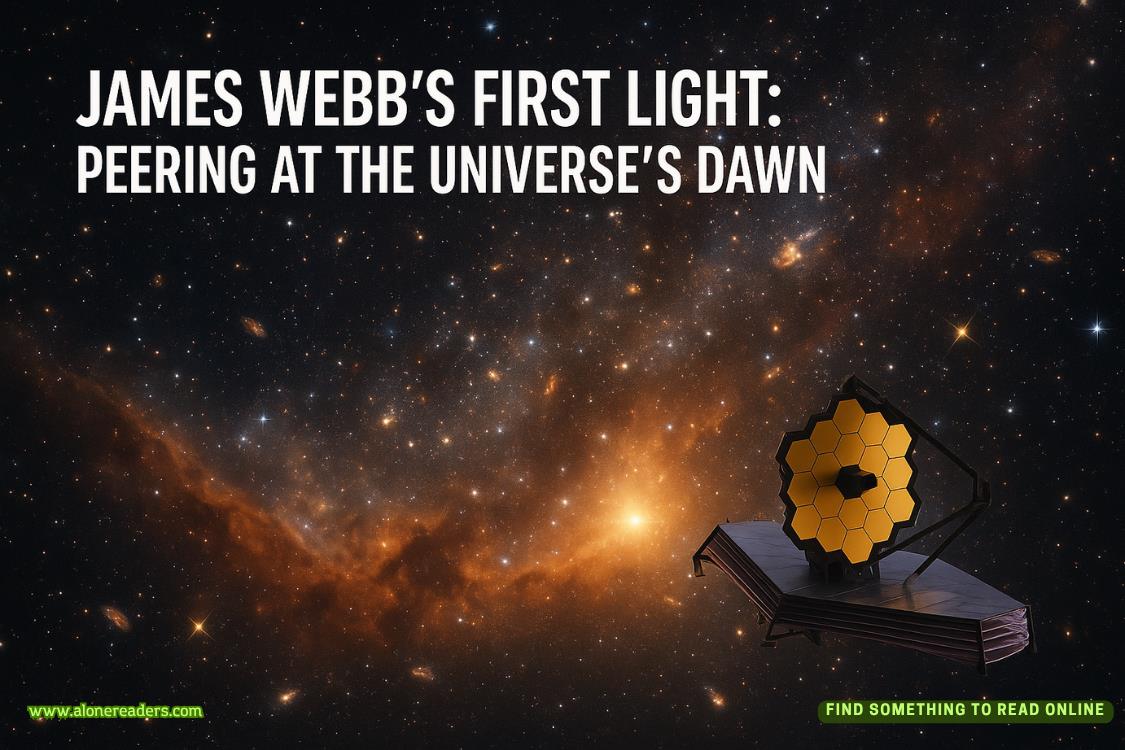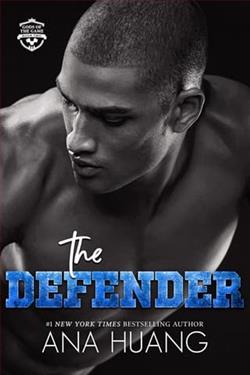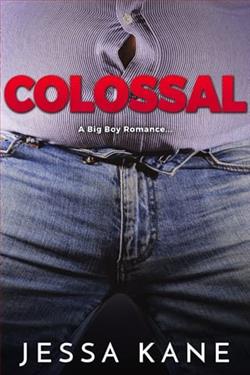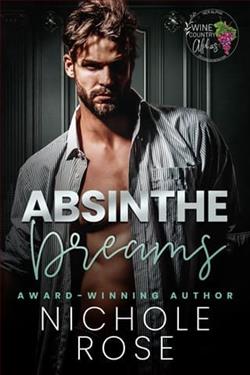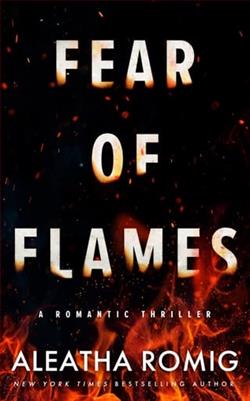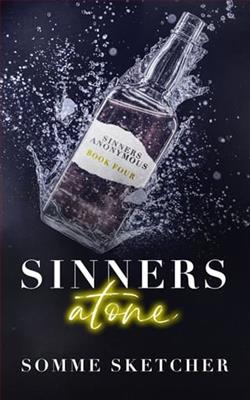Page 17 of The Christmas Spirits on Tradd Street
I missed the arrow the first time and had to make a U-turn. We bumped along an unpaved road for a short distance before coming to a large wooden sign nailed to an ancient tree, and I was glad Sophie wasn’t there to see it. The blue paint had faded, but the large lettering was easy to read.GALLEN HALL PLANTATION.
Jayne looked at me. “Gallen Hall? I thought the Vanderhorst plantation was called Magnolia Ridge.”
“It’s actually the same place—just a different name. It’s a convoluted story, so I’ll tell you later—but I’m glad Anthony thought to mention it so I wouldn’t be driving all over looking for the wrong plantation. Apparently, things change slowly in South Carolina, because most people around here still refer to it as Magnolia Ridge even though the name change happened two hundred years ago. If I’d driven around asking for Gallen Hall, we might still be looking.”
We both turned back to the sign. Beneath the plantation’s name were the edges of black letters that were visible over deep and repeated gashes in the wood that appeared to have been made with a sharp stick. Or a knife. Clearly, someone was trying to obliterate whatever had beenwritten there. I wondered if it had something to do with the failed winery. I could imagine that kind of treachery between brothers might lend itself to the force and violence needed for that kind of damage.
We passed through an open iron gate set between brick pillars, each with a concrete pineapple perched on top. According to Sophie, it was the symbol of hospitality in Charleston, hence the two dozen pineapples she’d ordered for my house for the progressive dinner. I’d told her that I hated pineapple and had given her a few specific suggestions as to what she could do with the leftovers after the tour. She hadn’t been amused.
As I drove down the long road edged with old-growth trees, my father leaned forward, peering through the windshield from the backseat. “So, this used to belong to the same Vanderhorsts who owned your house.”
I nodded. “Although it had passed out of the family by the time Nevin Vanderhorst left Fifty-five Tradd Street to me.” We all jerked as I swerved to miss a large rock in the middle of the road. “Joseph Longo owned it for a short time in the twenties, and more recently Marc Longo purchased the plantation, believing the Confederate diamonds were hidden here, and when he discovered that they weren’t, he tried to buy my house, believing—correctly, as it turned out—that they were there. Not that we allowed him to find them first.”
My father sat back in his seat. “Almost makes you feel sorry for the guy.”
“No, it doesn’t,” Jayne and I said in unison.
“Especially because he’s still not done trying to own my house,” I added. “But as our lovely librarian, Yvonne Craig at the Historical Society Library, has said, he’ll get what’s coming to him. Her only wish is that we’re all there to witness it.”
Almost under his breath, my father said, “Vanderhorst. Vanderhorst.” He tapped his fingers against the leather back of my seat.
“What is it, Dad?” I asked.
“I know I recently read something about the Vanderhorsts. Yvonne’s been helping me find old plans and articles in the archives about the gardens at our house and yours, so I’ve been reading a lot about theVanderhorsts.” He scratched his head. “Something you said about the diamonds is ringing a bell.” He was silent for a moment, and when I glanced in the rearview mirror he was pursing his lips. He continued. “I remember making a copy of the article for you and sticking it somewhere, and then I promptly forgot all about it. I was distracted by a sketch I’d found of the parterre garden from our house on Legare and got all excited.”
I shared a glance with Jayne. “Yes, well, we found all the diamonds in the grandfather clock, remember? Still, I’d be interested in seeing the article. I’ve been working on a scrapbook for Nola, and I think a copy of it might have a place in the section on what our lives were like before she joined us. I don’t have a lot of material for when she was a baby and little girl, so I thought miscellanea of Jack and me and our lives before she came to live with us might be fun for her. I mean, the whole mystery of the Confederate diamonds is how Jack and I met.”
“I’ll look for it,” he said. “And we can ask Yvonne. She has a memory like an elephant’s.”
Yvonne was probably in her eighties but looked and acted like someone two decades younger. She had a terrible crush on Jack, with whom she’d been working for years on his book research, but I forgave her because I understood all too well how irresistible Jack’s charms were. It’s one of the reasons he had three children, none of them planned.
We came to an intersection and I stopped the car. A directional sign lay faceup, dirty and stained from the elements, half of a wooden stake still in the ground, its top half jagged and splintered where it had been decapitated. The letters on the sign were barely legible:GALLEN HALL WINERY.
“Anthony said the cemetery and mausoleum were near the house, so I’m guessing it must be this way.” I drove in the opposite direction of the defunct winery. I assumed we were heading in the direction of the Ashley River, as most river plantations had direct access to the river for shipping crops and for basic travel. I’d learned all that and more, apparently by osmosis, from hanging around Sophie. I’d even found myself using terms likecurtilageandfenestrationand wondering out loud if aparticular paint color was historically accurate for a specific neighborhood when discussing a real estate listing.
The tall pines fell away, revealing an alley of magnolias, a leftover from the founding Vanderhorsts. I knew they weren’t the original trees, the life span of a magnolia being only eighty to one hundred and twenty years, although some were reported to be at least ten times older than that. But these were at least one hundred years old, their dark trunks thick and winding, giving the appearance of open hands with fingers holding bowls of wayward branches with shiny leaves. I imagined it was glorious to travel through the alley when the magnolias were in bloom in the spring. Yet a heavy feeling of dread that seemed to saturate the air as we drew closer made me hope that I wouldn’t be coming back.
“You feel that?” Jayne asked quietly.
I nodded, the hair on the back of my neck pricking at my skin like sharp fingernails. A large house loomed at the end of the alley, and directly to the left of it, separated by an enormous live oak surrounded by benches in its generous shade, lay the cemetery. An elaborate and rusted iron fence with a closed gate would have informed any visitor what it was, but I knew because of the cluster of people in fashions from past centuries that were pressed against the inside of the gate, looking directly at us.
I started singing a loud rendition of “Knowing Me, Knowing You” while Jayne did her best to recall enough of the lyrics to sing along with me as we both tried to drown out the sound of multiple voices speaking at once.
“Stop,” my father shouted from the backseat. “What are you doing?”
I slammed on the brakes, jerking us all forward in our seat belts. “Sorry,” I said, keeping my face averted from the cemetery so they’d take the hint that we didn’t want to talk. “I thought before we went inside I’d tell you what Sophie told me about the house.”
“I thought you already did.” I met my father’s annoyed gaze in the rearview mirror.
I swallowed, relieved to hear the voices receding but needing more time to get them to stop before I was prepared to get out of the car. “Yes,but not about the architecture.” I gave him a shaky smile. “As you can probably tell, it’s not Greek Revival. The original house was built by a bachelor and was a simple farmhouse. By the time his grandson inherited the property in the early half of the nineteenth century and got married, the plantation was much more profitable. It was his wife who insisted on something grander, in accordance with their place in society, and she wanted what was all the rage in England at the time, and that was Italianate.”
I wasn’t exactly sure what features were required to make it fit in the Italianate category, but I was going only on what Sophie told me and that it looked nothing like Tara inGone with the Wind. I just needed a reason not to have to continue on the road, mostly due to the British soldier in full redcoat uniform who was at that moment standing in the middle of the alley and pointing his musket directly at us.
A quick intake of breath let me know that Jayne saw him, too, but my father appeared unaware of the soldier or his gun as he continued speaking. “Was she the one who changed the name of the plantation from Magnolia Ridge to Gallen Hall?”
“No,” I said, the tremor in my voice almost imperceptible. “That was done around the time of the British occupation of Charleston during the Revolution, not that long after the first house was built. But all of the older maps and even some of the new ones still refer to it as Vanderhorst–Magnolia Ridge Plantation. I wonder if it bothered the subsequent owners that people still referred to it that way—as if the Vanderhorsts had never left.”
“Maybe they haven’t,” Jayne said, half under her breath.
